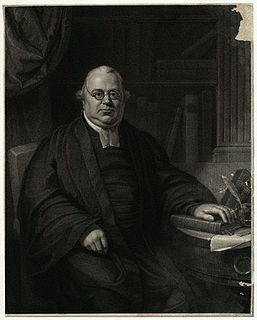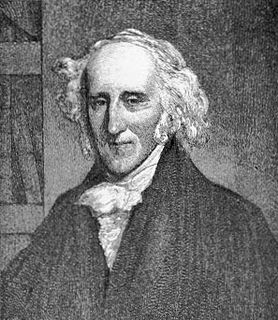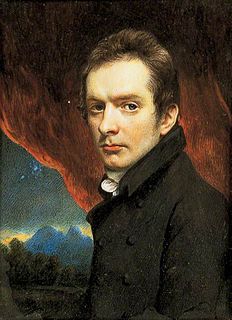This page is based on this
Wikipedia article Text is available under the
CC BY-SA 4.0 license; additional terms may apply.
Images, videos and audio are available under their respective licenses.

William Hazlitt was an English essayist, drama and literary critic, painter, social commentator, and philosopher. He is now considered one of the greatest critics and essayists in the history of the English language, placed in the company of Samuel Johnson and George Orwell. He is also acknowledged as the finest art critic of his age. Despite his high standing among historians of literature and art, his work is currently little read and mostly out of print.
This article presents lists of the literary events and publications in 1820.
William Carew Hazlitt, known professionally as W. Carew Hazlitt, was an English lawyer, bibliographer, editor and writer. He was the son of the barrister and registrar William Hazlitt, a grandson of the essayist and critic William Hazlitt, and a great-grandson of the Unitarian minister and author William Hazlitt. William Carew Hazlitt was educated at the Merchant Taylors' School and was called to the bar of the Inner Temple in 1861.
This article presents lists of the literary events and publications in 1737.
Jeremiah Joyce (1763-1816) was an English Unitarian minister and writer.

Wem is a small market town in Shropshire, England. It is the administrative centre for the northern area committee of Shropshire Council, which has its headquarters at Edinburgh House in the centre of Wem. Wem lies nine miles to the north of Shropshire's county town of Shrewsbury and sits on the rail line between that town and Crewe in Cheshire.

Thomas Belsham was an English Unitarian minister

James Freeman was the minister of King's Chapel in Boston for 43 years and the first clergyman in America to call himself a Unitarian. Unlike New England liberal Congregationalist ministers, who approached Unitarianism through Arianism, he was Socinian in theology and developed links with Unitarians in England.
This article lists events from the year 1737 in Ireland.

The Unitarian Church of All Souls at 1157 Lexington Avenue at East 80th Street in the Upper East Side of Manhattan, New York City was built in 1932 and was designed by Herbert Upjohn – Richard Upjohn's grandson – in the Neo-colonial style with a Regency-influenced brick base. It is the congregation's fourth sanctuary. It was the first Unitarian Universalist congregation in the city. It has provided a pulpit for some of the movement's leading theologians and has also recorded many eminent persons in its membership.
Joseph Fawcett was an 18th-century English Presbyterian minister and poet.
Unitarianism, as a Christian denominational family of churches, was first defined in Poland-Lithuania and Transylvania in the late 16th century. It was then further developed in England and America until the early 19th century, although theological ancestors are to be found as far back as the early days of Christianity. It matured and reached its classical form in the middle 19th century. Later historical development has been diverse in different countries.

The New College at Hackney was a dissenting academy set up in Hackney, at that time a village on the outskirts of London, by Unitarians. It was in existence from 1786 to 1796. The writer William Hazlitt was among its pupils, sent aged 15 to prepare for the Unitarian ministry, and some of the best-known Dissenting intellectuals spent time on its staff.
William Hazlitt was an English lawyer, author, and translator, best known for his Classical Gazetteer and for overseeing the posthumous publication and republication of many of the works of his father, the critic William Hazlitt.

William Hazlitt was a Unitarian minister and author, and the father of the Romantic essayist and social commentator of the same name. He was an important figure in eighteenth-century English and American Unitarianism, and had a major influence on his son's work.

William Shepherd was an English dissenting minister and politician, known also as a poet and writer.

Table-Talk is a collection of essays by the English cultural critic and social commentator William Hazlitt. It was originally published as two volumes, the first of which appeared in April 1821. The essays deal with topics such as art, literature and philosophy. Duncan Wu has described the essays as the "pinnacle of [Hazlitt's] achievement", and argues that Table-Talk and The Plain Speaker (1826) represent Hazlitt's masterpiece.
William Hazlitt (1778–1830) was an English writer.











